In late 2023, I gave a lightning talk at an event in San Francisco hosted the Foresight Institute. My talk was titled Towards Solarpunk Futures.
I made the case that technological progress doesn’t stand opposed to our most humanistic goals of solving climate change and making a liveable planet for everyone.
I also believe that the future doesn’t happen unless we work towards it.
What’s stopping us from having a future of abundant energy, abundant housing, abundant healthy food, clean air, a stable climate, a healthy biosphere, and a thriving human population? That’s what this newsletter seeks to explore.
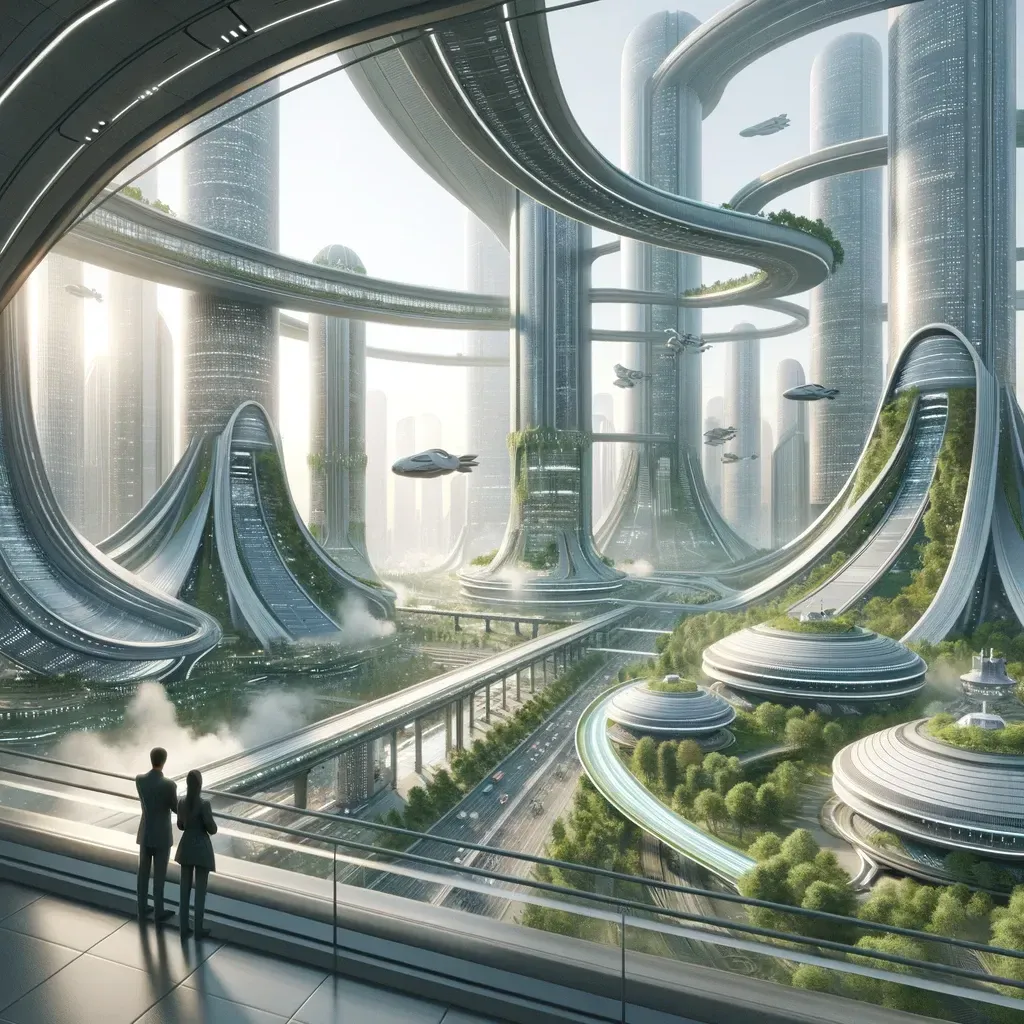
The enemies of progress
Within many progressive and environmental circles there is a frustrating narrative that economic growth and technological progress stand fundamentally opposed to planetary health and human survival. Their refrain is degrowth, austerity, centralized control, and resource rationing. Science and technology are seen as unsustainable and opposed to nature.
While seeing only the negative externalities of growth, they fail to acknowledge that economic growth has lifted billions out of poverty, and technological progress has given us the means to treat disease, extend life, feed the world, and live more sustainably.
Not likely a single person alive would volunteer for a return to a world without antibiotics, without air conditioning, and without synthetic fertilizers.
Negatives are getting less negative
As the world has become ever richer, even the externalities have become less negative. Over the last 30 years, world GDP has more than doubled, while the greenhouse gas emissions per new dollar of GDP has dropped by a factor of 3. Within the next decade (if progress continues and isn’t stalled by a degrowth mentality), it may be possible to advance our economics without GHG emissions, or even while negating historical emissions.
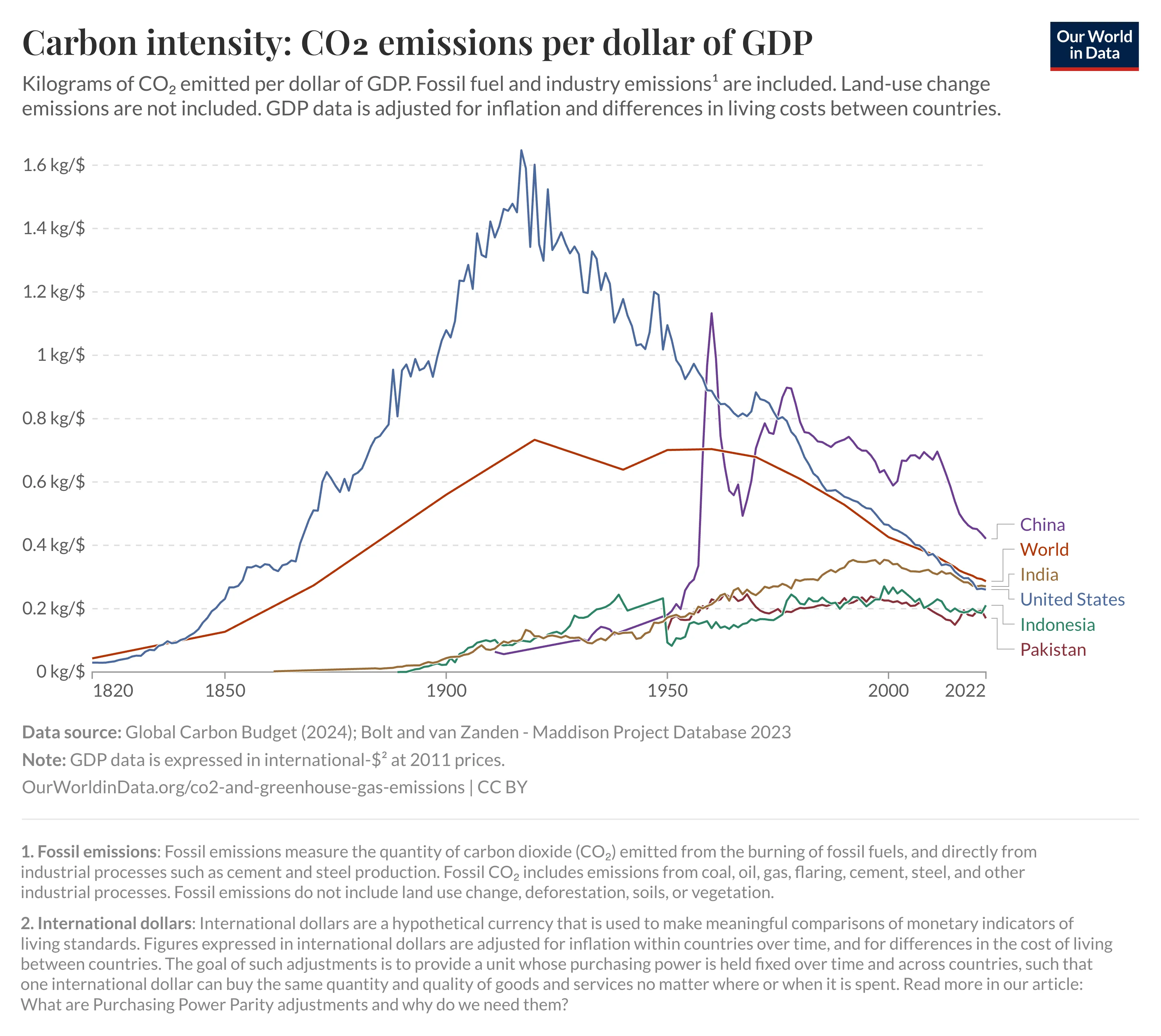
Cultivating optimistic hyperstitions
The term hyperstition connotes a self-fulfilling prophecy, a belief in a reality that grows more probable the more people believe in it and the more the ideas spread.
In the 1960s, the Star Trek television franchise evoked an optimistic vision of the future, where humanity solved hard problems and ventured to explore outer space. It also brought about many curious hyperstitions: scientists and engineers went on to invent the reality they saw portrayed in Star Trek.
As a result, we now have cellular phones, tablet computers, computer voice interfaces, teleconferencing, and 3D printers (replicators). And we are still seeing these ideas take root: medical tricorders and holodecks are inching closer to reality.
When people see a desirable future depicted for them in an image, a movie, or a book; and those people feel a sense of urgent optimism, driven by a desire to create the good things they wish existed in reality — then ideas beget hyperstitions, which beget reality.
While most science fiction today is focused on telling dystopian narratives, there’s a niche subgenre that explores optimistic visions of the future, where science and technology enable human flourishing. Where humans live as the conscientious stewards of nature.
These are the ideas I wish to see spread and take hold in the public imagination.
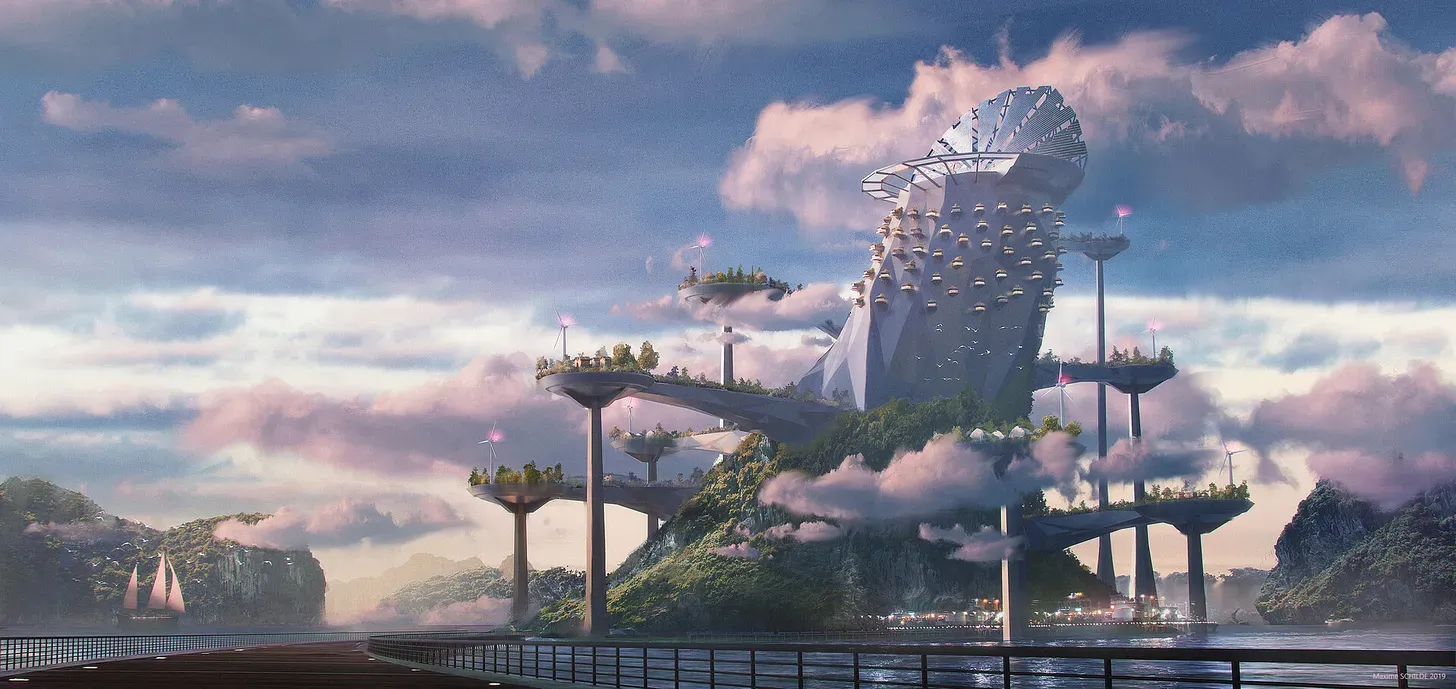
Enter solarpunk
This is the vision of solarpunk: optimistic prosocial society + cutting edge technology. One of the closest depictions we’ve seen of this recently has been the nation of Wakanda, in Marvel’s Black Panther movies.
It might be helpful to contrast solarpunk from other subgenres. Let’s start with this sci-fi alignment chart.

Solarpunk is high-tech + high-life. Most sci-fi depictions of the future focus on either the cyberpunk vision of dystopian corporatist oppression, or a Mad-Max style of post-apocalyptic societal collapse and a reversion to dirtier older technologies.
The only other “optimistic” subgenre in this chart is cottagecore, and it too represents a kind of reversion towards more primitive technologies. The central assumption is that technology is dehumanizing, and therefore our salvation comes from living closer to our imagined ancestors in a lifestyle more attuned to the cycles of nature.
Cottagecore is lovely as an aesthetic, in a Pinterest sort of way, but untenable as a solution for humanity because it doesn’t scale.
In my opinion, only solarpunk imagines a hopeful future that also contains viable solutions to the problems of today.
Solarpunk is focussed around key themes: technology, sustainability, and community.
The punk in solarpunk
Solarpunk contains many rebellious countercultural ideas. Many of the solutions it proposes are more decentralized, communitarian, and anti-consumerist.
I disagree with the anticapitalist sentiments popular among some solarpunk aficionados. The collective goal should be to create material and energy abundance through disruptive technologies, new enterprises, and economic growth that lifts all boats. This can best be accomplished when people are incentivized to work towards a better future for themselves and their communities.
The rebellious spirit I want to see is against the pessimism that exists in most science fiction and the fatalism and lack of imagination of the degrowth movement.
What does it mean to be techno-optimistic?
Solarpunk imagines a future where technology has removed all the negative externalities of human progress.
This means:
- Clean energy too cheap to meter
- The necessities of life (food, water, shelter) available in abundance
- A flourishing human population without sprawl
- Bountiful food with ecosystems in balance
- Scientific progress steadily curing disease and extending human life
- Humans taking to the stars
Do we see this in our future?
We can begin to see it, if we look at the data. Instead of widespread famine, the Green Revolution and the Haber-Bosch process fed the world and reduced infant mortality. And while the technology behind synthetic fertilizers is not without negative externalities, these are gradually being cleaned up too.
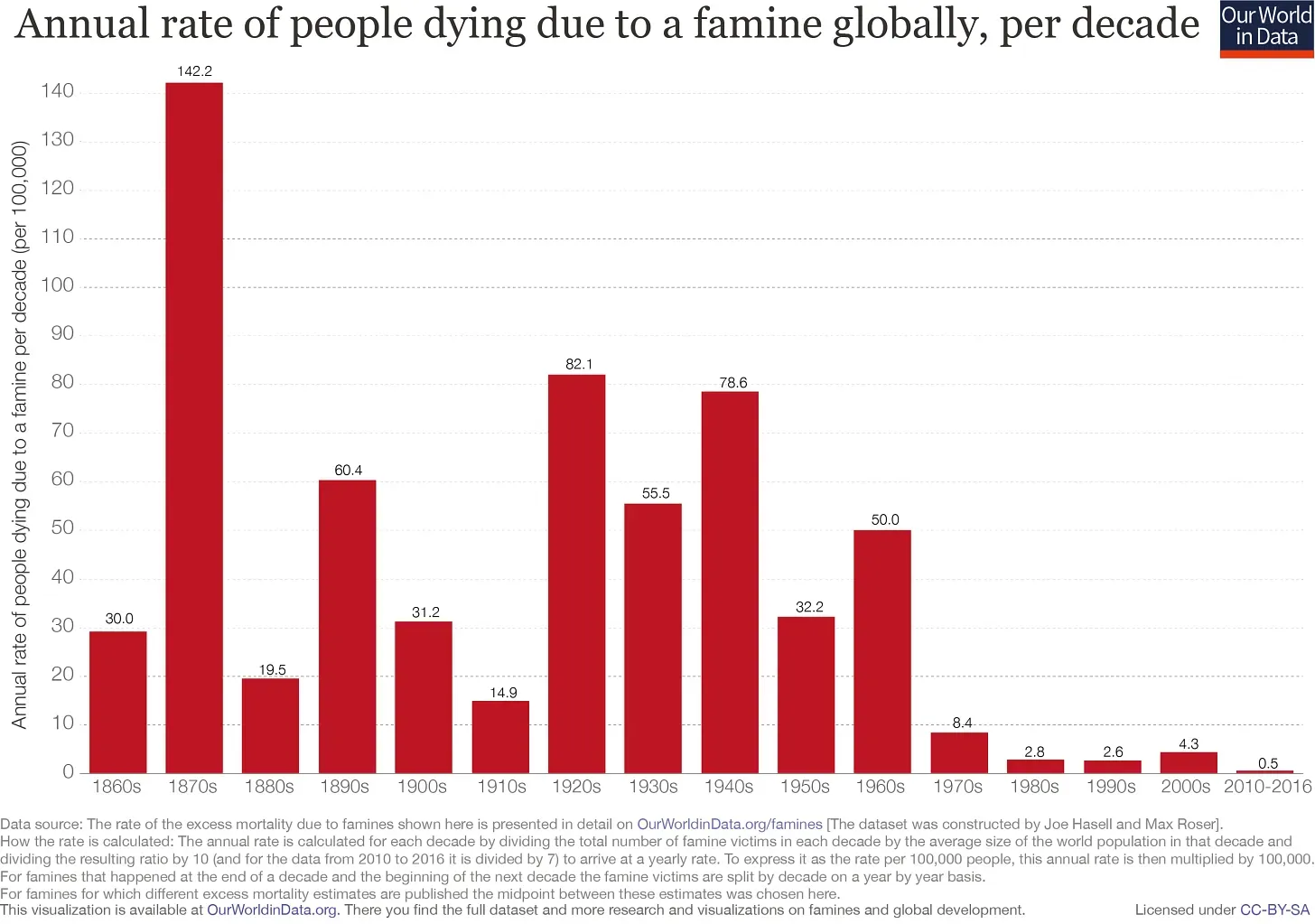
Instead of the deep poverty that a majority of humanity has always lived in, economic growth worldwide has made the fraction of humanity living in extreme poverty decline from ~75% in 1820 to ~10% today.
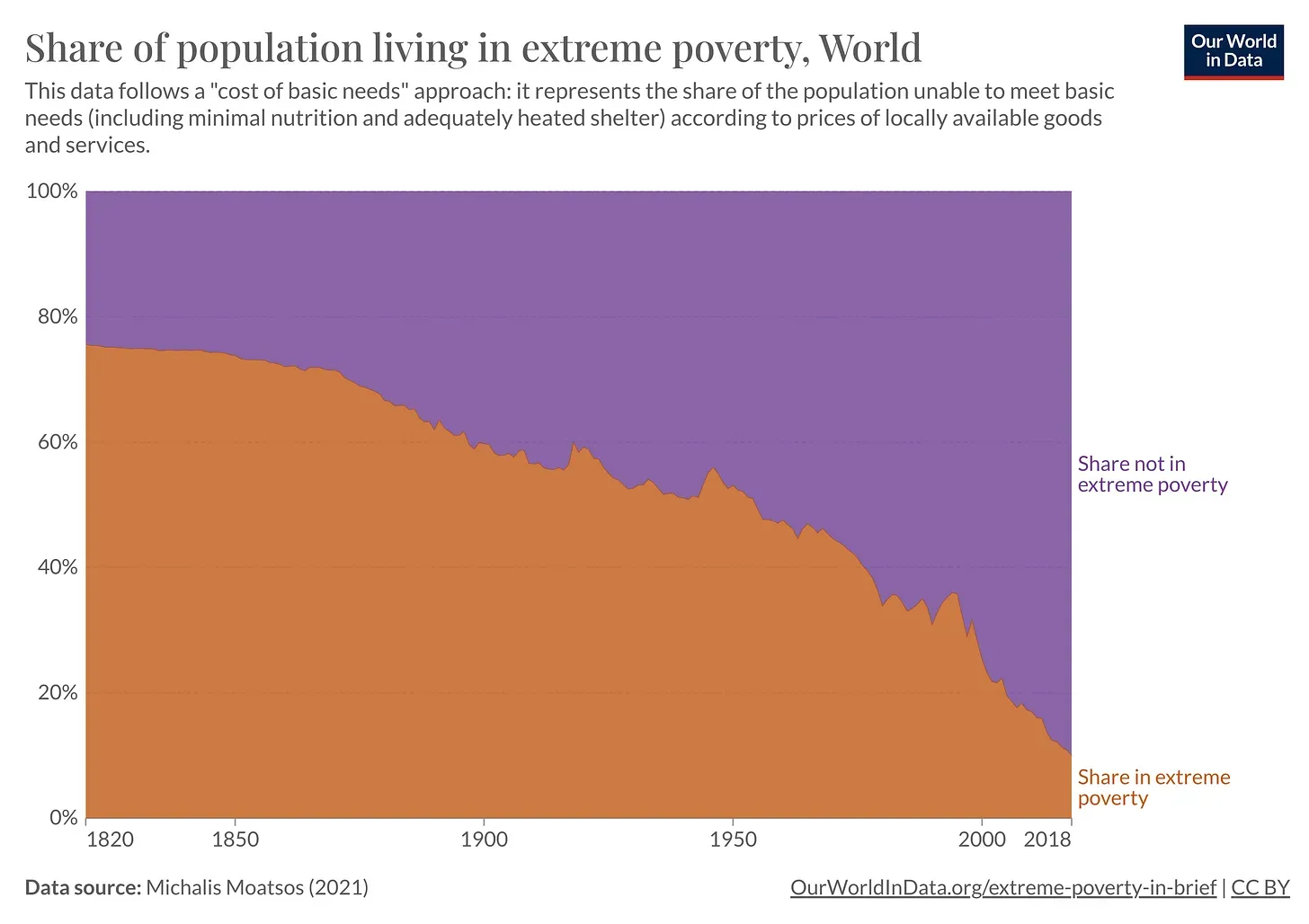
Instead of unbreathable air and undrinkable water, environmental regulations and economic progress has enabled ~75% of the global population has access to safe water. As countries develop economically, cleaner air reduces makes for healthier populations and a lower burden of disease.
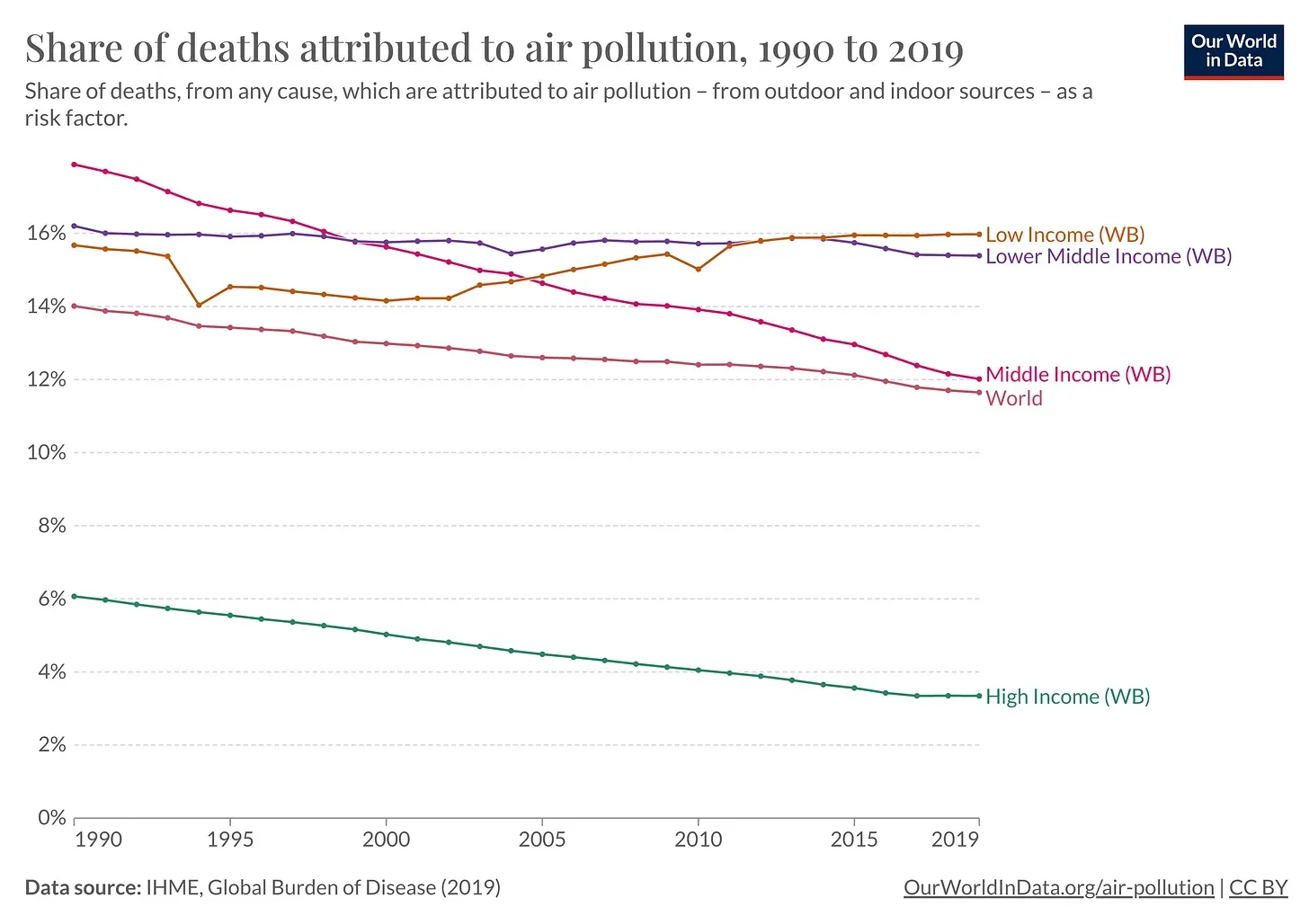
Steady improvements in technology, coupled with growing economic prosperity, has made everyone richer on average while gradually reducing the environmental impact of each new dollar of GDP.
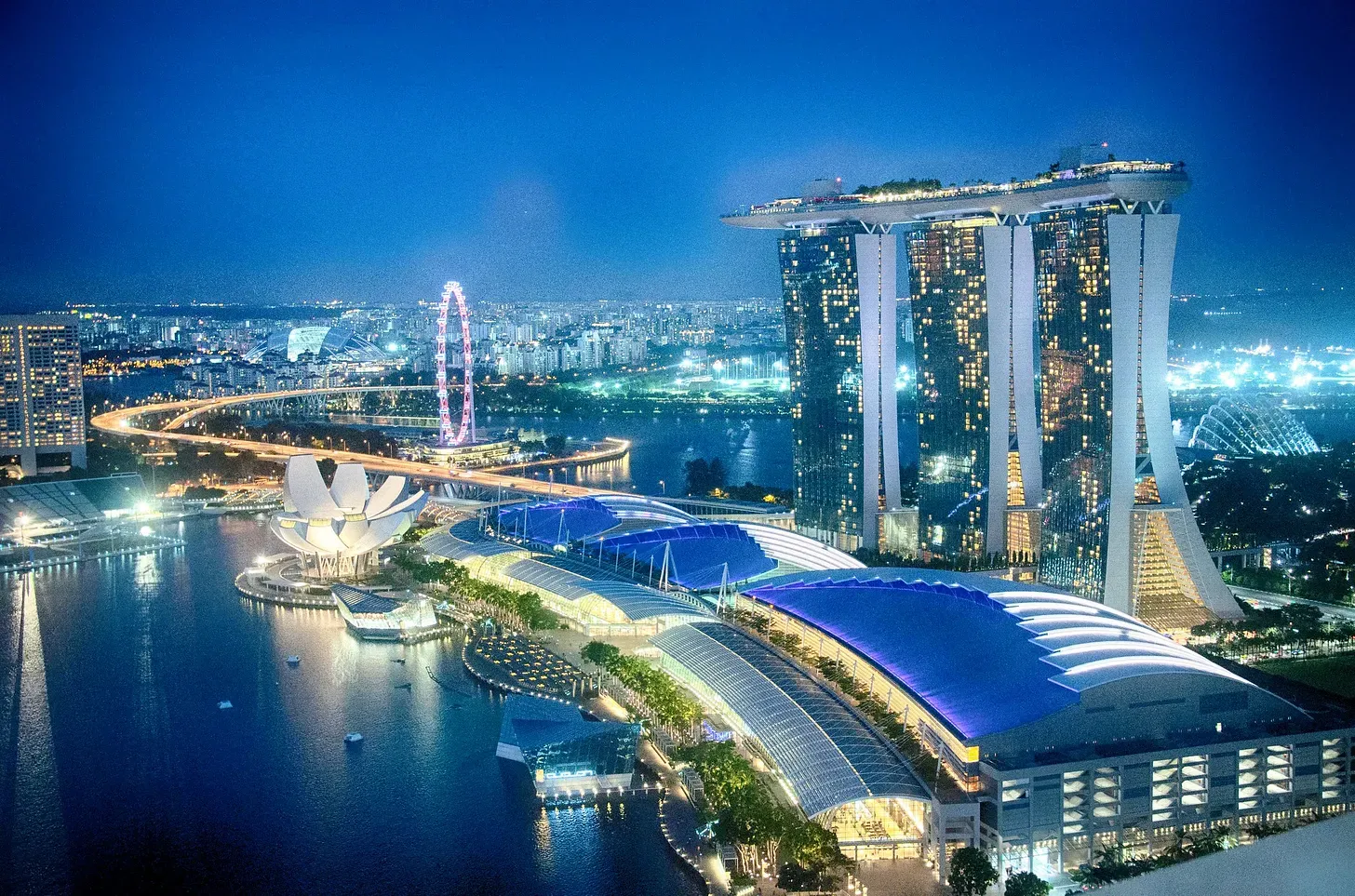
Only a lack of imagination and a missing sense of agency prevent people from seeing such futures as possible.
That these futures are at least desirable should be an uncontroversial statement.
Entrepreneurs and scientists are rejecting the doomer narrative and building the future we need. Technology can be a force for good. And there are reasons to be optimistic.